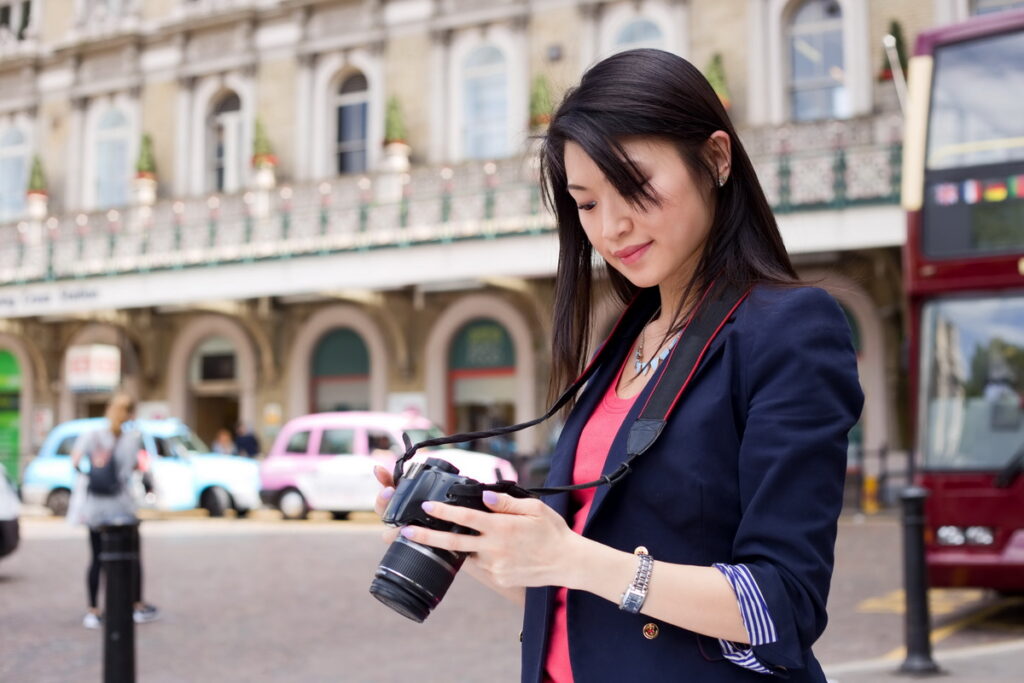Photography is an art form that requires both technical skill and creative vision. As a photographer, you must be able to adapt to different environments to capture the perfect shot. Many challenges may arise whether you are shooting indoors or outdoors, in natural or artificial light. In this guide, Daniel Doyle Pleasantville photographer will discuss some tips for navigating these challenges and producing stunning photographs no matter where you are.
Understanding light
Light is one of the most important elements in photography. It can make or break a photo and varies greatly depending on your shooting environment. Natural light constantly changes throughout the day, while artificial light can be controlled to a certain extent.
Understanding how light behaves in different environments is crucial for producing high-quality photographs.
Shooting indoors
Indoor photography often presents challenges like low light, mixed lighting sources, and limited space. To overcome these challenges, you may need to adjust your camera settings and use additional equipment, such as flash or reflectors. It’s also important to consider the color temperature of the room’s lighting and make necessary white balance adjustments.
Shooting outdoors
Outdoor photography has challenges, including harsh sunlight, shadows, and unpredictable weather conditions. Planning and choosing the right time of day for your shoot is important to navigate these challenges. Shooting during golden hour (after sunrise or before sunset) can produce beautiful, soft light. Additionally, using a diffuser or reflector can help soften harsh shadows.
Urban photography essentials
Dealing with crowds and distractions
Urban settings are vibrant and dynamic but often crowded and chaotic. To capture stunning cityscapes, patience is key. Try shooting early in the morning when the streets are less busy. If avoiding crowds is impossible, use them to your advantage by incorporating them into your composition to add a sense of scale and life to your shots. Techniques like long exposure can blur moving people, bringing focus to stationary objects.
Finding unique perspectives in familiar settings
Cities are photographed endlessly, making it challenging to find a fresh angle. To stand out, look for unconventional perspectives. Climb higher vantage points, explore lesser-known alleys, or shoot from ground level to create unique compositions. Experiment with reflections in glass buildings or puddles to add depth and intrigue.
Navigating legal and ethical considerations
Legal and ethical issues can complicate urban photography. Public spaces are generally fair game, but be mindful of private property and restricted areas. Always respect people’s privacy, especially when photographing individuals. When in doubt, seek permission or opt for candid shots that don’t intrude on personal space.
Capturing nature’s beauty
Adapting to changing weather conditions
Nature is unpredictable, and weather can change in an instant. Always check weather forecasts before heading out and pack accordingly. Waterproof gear and protective covers for your camera can save your equipment from sudden rain. Cloudy days offer diffused lighting, perfect for soft, evenly-lit photos, while a clear sky can create dramatic shadows and highlights.
Working with natural lighting
Natural light is a photographer’s best friend, but harnessing it effectively requires skill. The golden hours—shortly after sunrise and before sunset—provide soft, warm light that enhances landscapes and portraits. Avoid shooting in the harsh midday sun; if unavoidable, use natural elements like trees or buildings to diffuse the light and reduce harsh shadows.
Protecting equipment in rugged terrains
Nature can be rough on photography gear. Dust, sand, and moisture are common adversaries. Invest in a sturdy, weather-proof camera bag and use lens filters to protect your lenses. When shooting in sandy or dusty environments, keep your camera stored in a sealed bag when not in use and clean it thoroughly after each session.
Equipment considerations
Different environments may require different equipment to capture the best possible images. When shooting indoors, you may need a tripod to stabilize your camera in low-light situations. Outdoors, you may consider investing in a rain cover for your camera and lens in case of unexpected weather conditions. It’s also important to have a variety of lenses on hand to capture different perspectives and focal lengths.
In addition to equipment, pack spare batteries and memory cards in case of emergencies. It’s always better to be over-prepared than under-prepared regarding photography.
Creativity in challenging environments
While technical skills and equipment are important, creativity sets great photographers apart. In challenging environments, thinking outside the box and trying new techniques is important. For example, shooting through a window can create an interesting reflection, or using a slow shutter speed in low light can produce unique light trails. Don’t be afraid to experiment and see what works best for the given environment.
Additionally, don’t underestimate the power of post-processing. Editing software can help enhance and bring out the best in your images. Experiment with different filters and adjustments to create a unique photo look.
Final thoughts
Daniel Doyle Pleasantville photographer understands that while challenging environments may present obstacles, they offer endless opportunities for stunning photographs. With an understanding of light, creativity, and adaptability, you can capture beautiful images in any setting. Remember always to respect your surroundings and subjects, and never be afraid to try new techniques to further your photography skills.
The article Daniel Doyle Pleasantville discusses navigating the challenges of photography in various environments first appeared in TravelDailyNews International.
